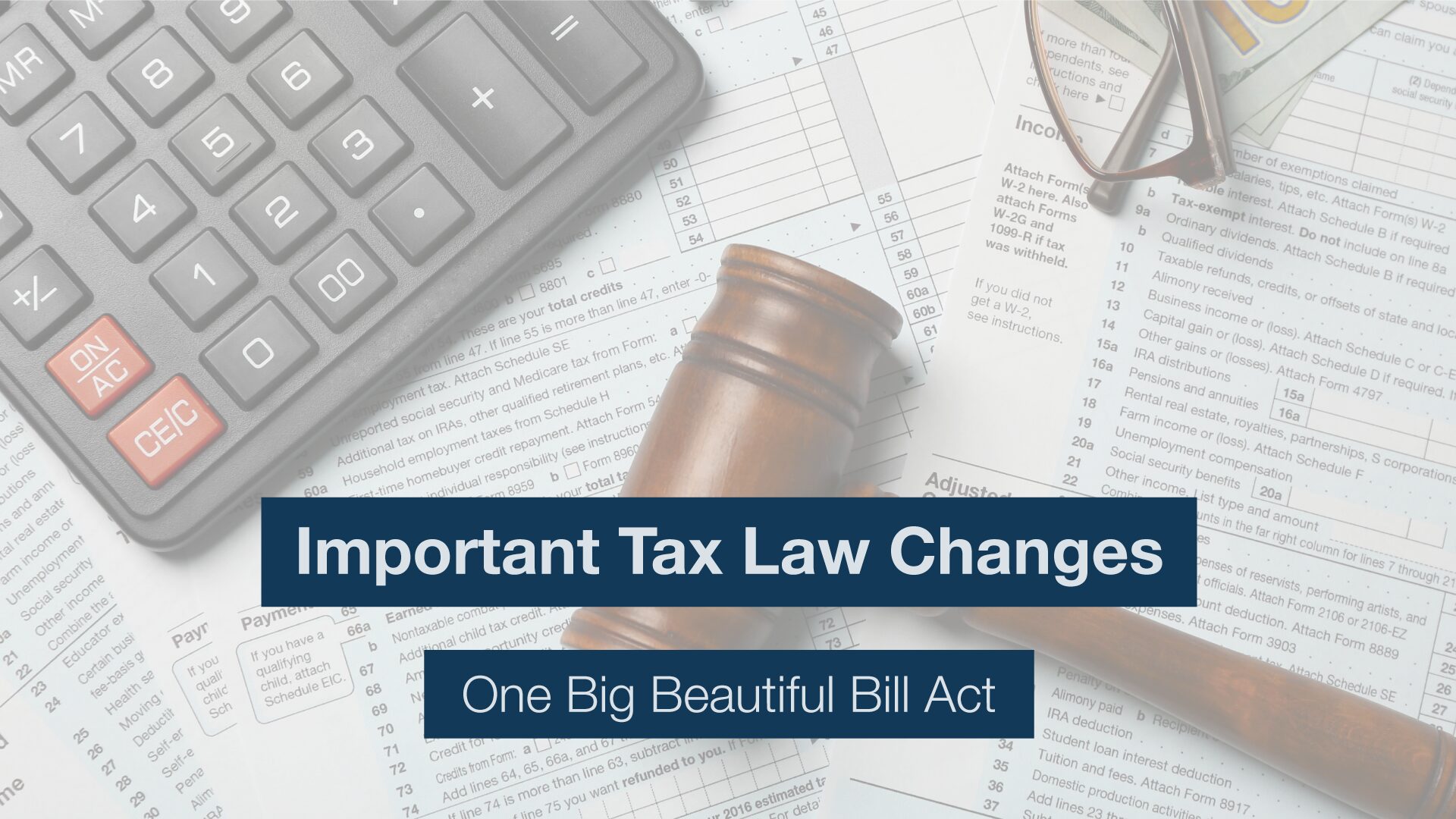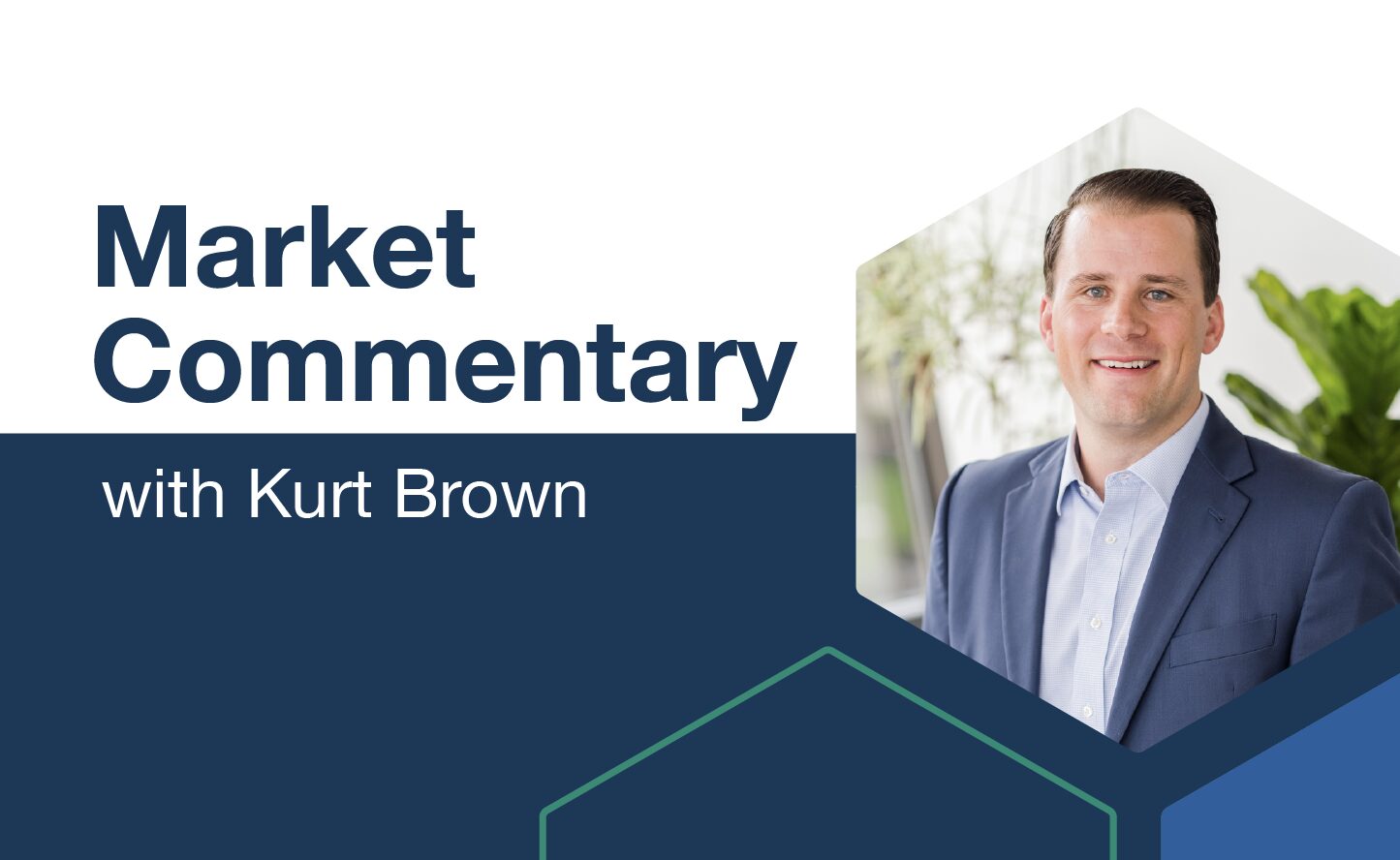April 2019 Financial Markets Summary
The 1st quarter of 2019 ended on a great note with the strongest domestic stock quarterly performance within the past ten years, but this has been a very eventful few months. The S&P 500 almost tipped into bear market territory in the 4th quarter with a 19% decline, but has since bounced back quite strongly with a 13.1% year-to-date return.
Markets and many economists expected the Federal Reserve to continue increasing interest rates in 2019. Instead the Fed updated its stance to no longer hike rates and potentially even cut rates with global growth and low inflation concerns. This has helped provide more fuel to the real estate market as buyers take advantage of lower mortgage rates. The Dow Jones domestic real estate index, which includes REITS and other companies that invest in real estate through development, management or ownership, spiked by about 17% in the 1st quarter.
The two largest trading partners, China and the U.S. continue to negotiate potential tariffs. The peace talks with North Korea have stalled, and the UK Parliament cannot seem to reach an agreement regarding their exit from the European Union prior to their April 12th deadline. We also experienced oil prices bouncing back from the December, 2019 lows with over 40% gains. Additionally, early projections suggest that 2019 will result in the highest amount of capital raised via IPO in history.
This would be an eventful year if was spread across 12 months, but instead it’s been packed into just a few months. It seems that the pace of change in today’s society is rapidly increasing. We now have self-driving cars, drone delivered packages and artificial intelligence just to name a few recent advances.
We don’t see a reason for this pace of change to slow whether that be in technology, politics or stock markets. Now that we are ten years into this bull market, diversification could be the best defense for this inevitable change.
| Asset Index Category | Category | Category | 5-Year | 10-Year |
| 3 Months | 2019 YTD | Average | Average | |
| S&P 500 Index – Large Companies | 13.1% | 13.1% | 8.6% | 13.5% |
| S&P 400 Index – Mid-Size Companies | 14.0% | 14.0% | 6.6% | 14.5% |
| Russell 2000 Index – Small Companies | 14.1% | 14.1% | 5.6% | 13.8% |
| MSCI ACWI – Global (U.S. & Intl. Stocks) | 12.3% | 12.3% | 6.3% | 12.3% |
| MSCI EAFE Index – Developed Intl. | 10.0% | 10.0% | 2.3% | 9.0% |
| MSCI EM Index – Emerging Markets | 9.9% | 9.9% | 3.7% | 8.9% |
| Short-Term Corporate Bonds | 1.7% | 1.7% | 1.4% | 2.7% |
| Multi-Sector Bonds | 2.9% | 2.9% | 2.7% | 3.7% |
| International Government Bonds | 1.3% | 1.3% | 0.1% | 2.1% |
| Bloomberg Commodity Index | 6.3% | 6.3% | -8.9% | -2.6% |
| Dow Jones U.S. Real Estate | 17.1% | 17.1% | 9.7% | 18.1% |
Please remember that past performance may not be indicative of future results. Different types of investments involve varying degrees of risk, and there can be no assurance that any specific investment, strategy, or product or any non-investment related content, made reference to directly or indirectly in this newsletter, will be suitable for your individual situation, or prove successful. This material is distributed by PDS Planning, Inc. and is for information purposes only. Although information has been obtained from and is based upon sources PDS Planning believes to be reliable, we do not guarantee its accuracy. It is provided with the understanding that no fiduciary relationship exists because of this report. Opinions expressed in this report are not necessarily the opinions of PDS Planning and are subject to change without notice. PDS Planning assumes no liability for the interpretation or use of this report. Consultation with a qualified investment advisor is recommended prior to executing any investment strategy. No portion of this publication should be construed as legal or accounting advice. If you are a client of PDS Planning, please remember to contact PDS Planning, Inc., in writing, if there are any changes in your personal/financial situation or investment objectives. All rights reserved.



